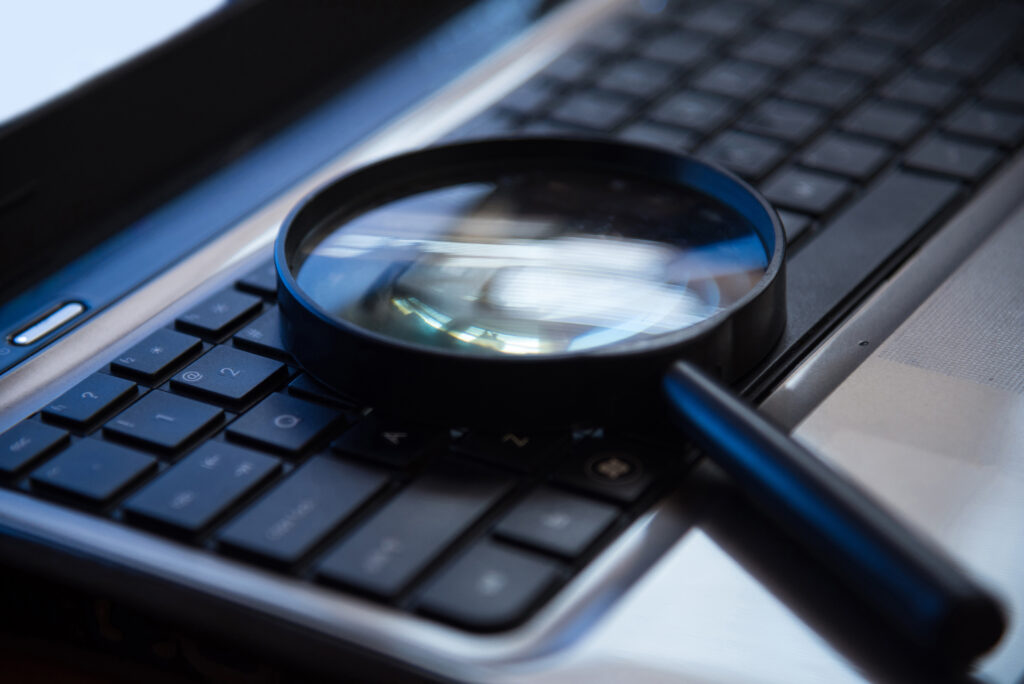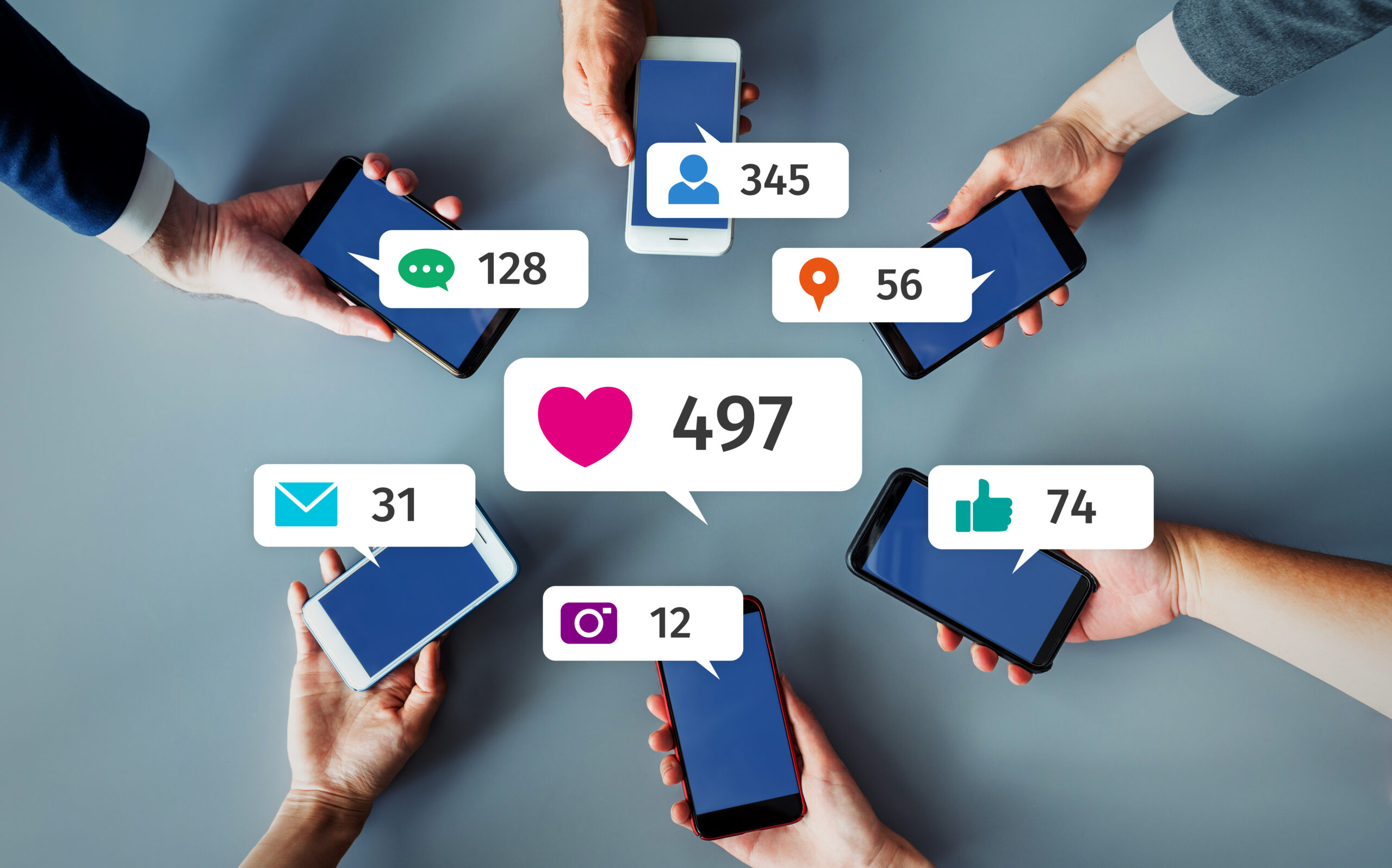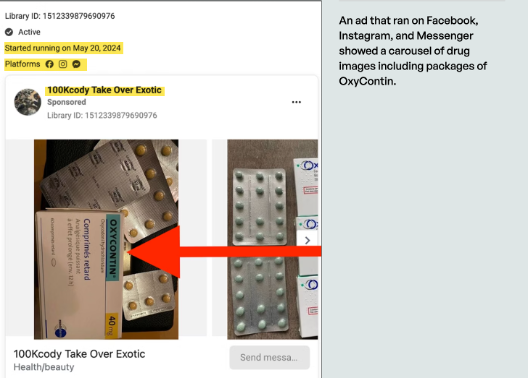
In the world of digital intelligence, the terms social media search and social media investigation are often used interchangeably. But make no mistake—they are not the same. Understanding the difference is crucial if you’re looking to uncover actionable information for a legal case, insurance claim, background check, or workplace inquiry.
At eChatter, we offer both services, and our clients often ask: “What’s the difference?” This blog breaks down the key distinctions between a basic search and a full investigation so you can choose the right approach for your needs.
What is a Social Media Search?
A social media search is typically the initial step in locating a person’s online presence. It’s a surface-level scan of publicly available information across social media platforms such as:
- Twitter/X
- TikTok
- Snapchat (when content is public)
This search aims to identify whether a subject has an online presence, what platforms they use, and some general details like profile names, photos, and bio information. It may also include:
- Profile creation dates
- Recent posts or visible activity
- Basic connections or followers
Use Case: A social media search is ideal when you’re trying to confirm identity or determine if deeper investigation is warranted.
What is a Social Media Investigation?
A social media investigation goes far beyond the basics. It is a comprehensive, analytical deep dive into a subject’s digital activity, using both manual review and AI-powered tools to uncover patterns, behaviors, and inconsistencies. These investigations can include:
- In-depth analysis of posts, photos, and comments
- Geolocation data pulled from images and check-ins
- Associations with other individuals or groups
- Timeline building for specific dates or events (e.g., after an injury)
- AI-enhanced facial recognition and image matching
- Archived or deleted content (when available through legal means)
- Behavioral or sentiment analysis
Use Case: A social media investigation is used in legal claims, fraud detection, workplace misconduct, background screening, and civil or criminal litigation. The output often includes a documented report with screenshots, metadata, and analysis suitable for courtroom or internal use.
Key Differences at a Glance
| Feature | Social Media Search | Social Media Investigation |
|---|---|---|
| Purpose | Locate basic profiles and content | Uncover detailed, case-relevant information |
| Depth | Surface-level scan | Comprehensive review and analysis |
| Tools Used | Manual searches, open web | Advanced AI, geolocation, facial recognition |
| Output | List of profiles, general info | Detailed report with screenshots, timelines, associations |
| Recommended For | Preliminary review or ID confirmation | Legal evidence, fraud investigations, litigation |
Which One Do You Need?
If you’re simply looking to find out whether someone has a digital footprint, a social media search may be enough. But if you’re trying to gather evidence, verify claims, or identify behavioral patterns, a full social media investigation is the way to go.
At eChatter, we specialize in both services. Our AI-powered tools and trained analysts ensure that no relevant detail is missed—especially in high-stakes cases.
Need help choosing the right level of investigation?
Contact us today for a free consultation, and we’ll help you determine whether a search or full investigation best suits your needs.
eChatter is a digital intelligence company providing OSINT and social media analysis to law firms, insurers, investigators, and businesses across the U.S.








